Since the Covid-19 outbreak and the nationwide lockdowns worldwide, online food delivery services have experienced a huge and varied demand booming their business. The online food delivery business is growing exponentially. By 2023, the market is expected to grow at a CAGR of 11.51 percent to reach 154.34 billion U.S. Dollars.
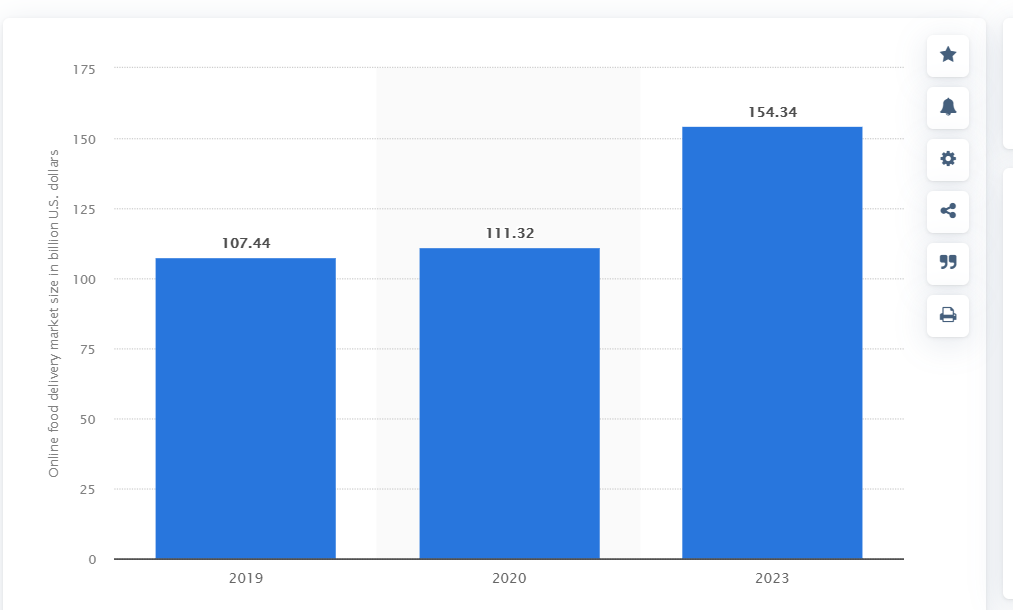
However, the huge and varied customer demands and preferences, the varying socio-economic-political factors, and emerging new trends also introduce new challenges for the food delivery services. So, let’s find out the top six challenges faced by the food delivery businesses in 2021.
1) Meeting Customer’s Expectations Over Food Quality
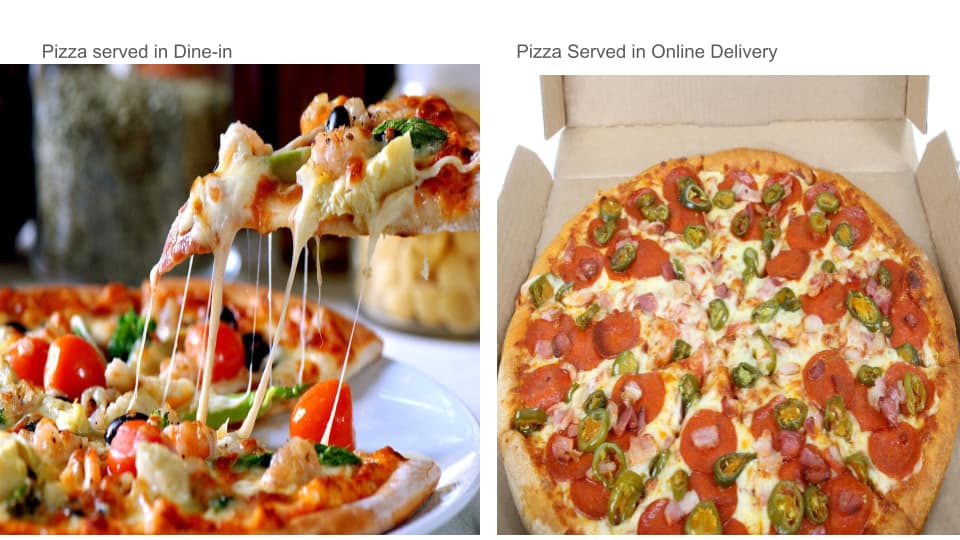
While ordering food online, the customers expect the same freshness, quality, food temperature, aroma, and taste as in the dine-in experience.
The restaurants serve freshly prepared, instantly dished out, food, consumed straight away by the customer. However, when ordered online, the cooked food has to travel miles to reach the customer’s dining table. On average, the transit time from the restaurant to the customer’s doorstep is about 45 minutes to 1 hour.
The food eventually loses its hot sizzling temperature, freshness, aroma, and flavor not entirely, but partially. This causes a customer expectation gap in the quality of the food served. Leaving the customer wondering, “The pizza is from the same restaurant we had over the weekend. Nevertheless, it does not taste the same or have the same quality when it’s delivered to our home.”
2) Expected Hygiene in Food Handling
Customer expectations concerning food hygiene are the most basic and natural. Ever since the pandemic outbreak, and with the Covid-19 guidelines from WHO, people are now more hygiene conscious than ever before. The customers are concerned about receiving hygienic food that adheres to the covid safety guidelines. Food must be delivered in compliance with all pandemic guidelines to customers. The delivery people are expected to follow the pandemic measures at the customer premise, including wearing masks, wearing gloves, maintaining a social distance, and adhering to contactless delivery.
3) Handling Order Fulfillment & Logistics Operations
The Covid-19 pandemic has made an exponential rise in the demand for online food ordering.
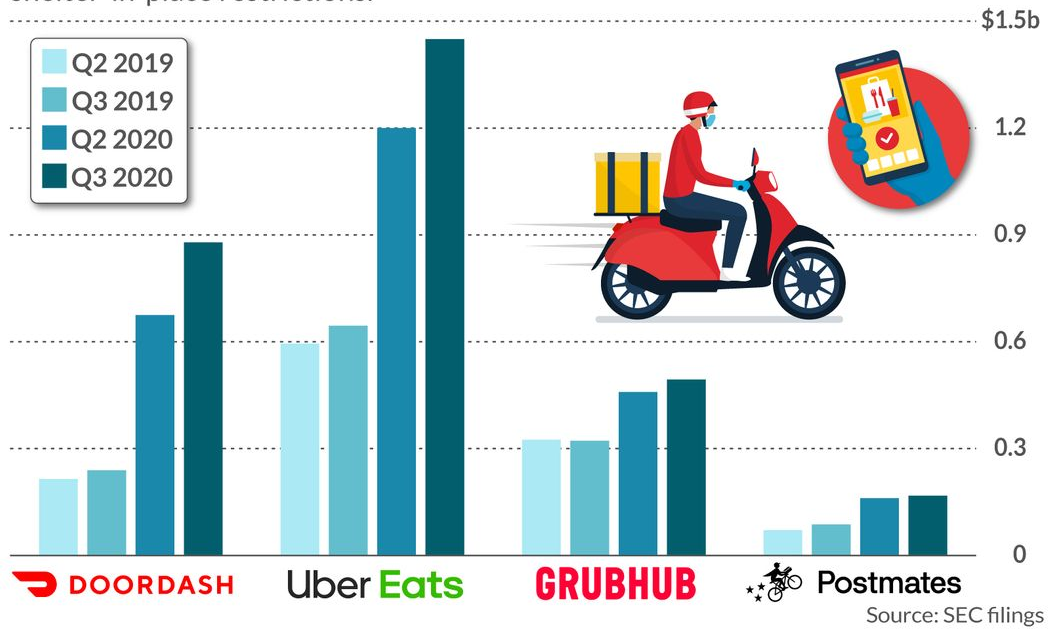
With the nationwide lockdown, there was a sudden rise in the demand for online food delivery. The last-mile delivery becomes challenging with the uncertainty around the order’s location and volume.
Following are the key factors to be considered for logistics management by online food delivery stakeholders:
a) Providing On-time Delivery. This includes speedy food preparation and delivery by the restaurant.
b) Ensuring the hygiene factors throughout the delivery cycle.
c) Optimal allocation of manpower & resources for the smooth delivery, but ensuring no wastage of resources.
d) Delivering food to specific places in a region.
e) Establishing the delivery routes and training the delivery boys appropriately.
4) Volatile Pricing Model
The rising competition in the online food industry and volatility in food prices has made it difficult for entrepreneurs to identify the right pricing strategy. Before the food delivery app companies/restaurants come up with the pricing model, the following factors are required to be taken into consideration:
1) The well-analyzed consumer behavior.
2) Price sensitivity of consumers.
3) The trending prices/prices offered by the established competitors, and
4) A business’s revenue and profitability
Many of the above-listed factors vary with the changing socio-economic environment. Thus, it gets challenging for a restaurateur to establish a single pricing model. Therefore, the pricing model has high volatility (requires constant updating).
5) Customizing To The Local Market
Food habits are changing with every mile traveled on the map. Thus, online food delivery companies have to come up with a region-specific marketing strategy each time they plan to grow or promote their business.
Example: UberEats introduces pancakes and burgers as the lunch offers when the location is set to New York. On the other hand, for Hongkong lunch offers, UberEats introduces noodles.
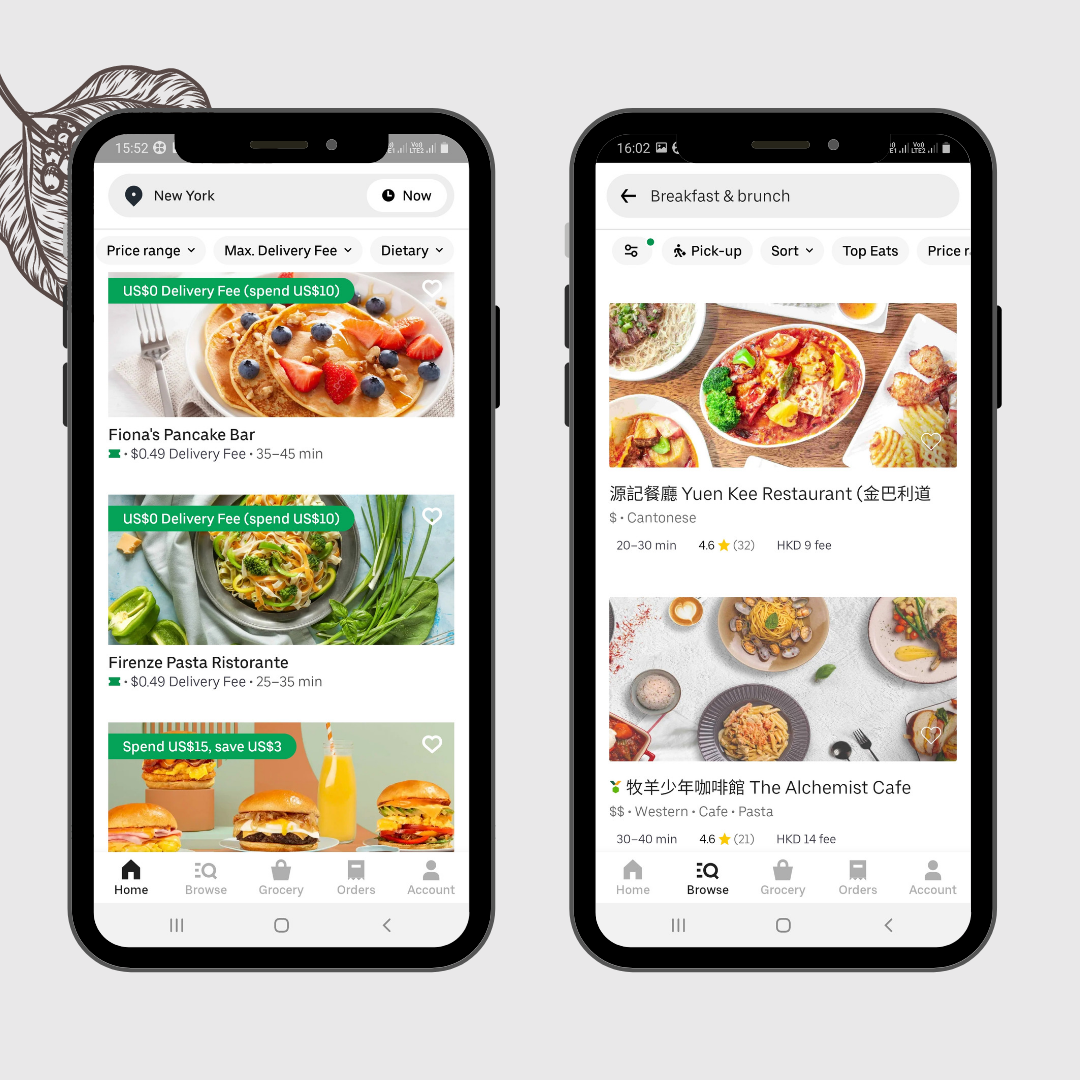
6) The Commissions Offered
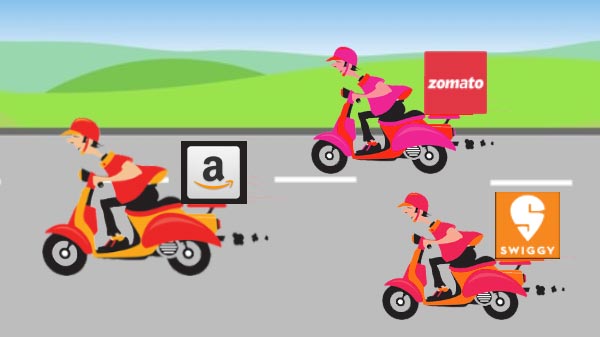
In March 2021, the latest entrant, Amazon Food announced charging 10% of the order values. Amazon Food’s commission is half from the market leaders, Zomato and Swiggy charging 20-25%. The competition in terms of commission is challenging since it directly hits the margins.
42Works fully sympathizes with the restaurants sacrificing their profits due to the high commissions charged by food delivery apps. Hence, we present #Restaurant, a food delivery app with zero percent commission on food deliveries. Want to save your money from commissions paid per order/food delivery? Explore #Restaurants.
Though the pandemic outbreak has led to the incredible rise in the online food delivery business worldwide, yet the online food delivery industry faces many challenges in 2021.
Working on the solutions to these challenges can make a food supplier the next market leader, while inertia can lead to a business loss.
A simple and smart solution to overcome the online food delivery challenges is a “Customized Food Delivery Mobile App”. The food delivery app may solve many, if not all the, business challenges faced by restaurants. Increased customer retention, competitive advantage, improved last-mile operations, etc are some of the instant benefits of a customized mobile app for your restaurant.
Looking for a team of technical and marketing experts to handle the mobile applications and other business challenges for your restaurant? Explore help in this link!


